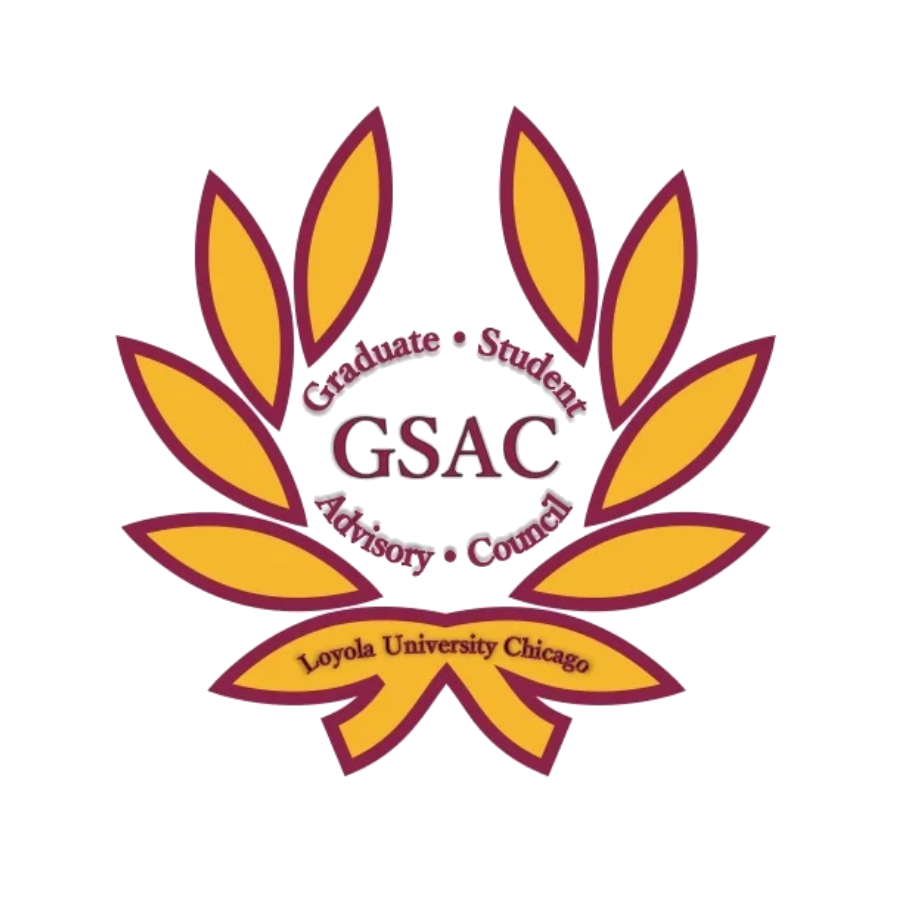Title of Poster or Presentation
Loading...
Submission Type
Oral/Paper Presentation
Degree Type
Masters
Discipline
Humanities
Department
History
Access Type
Open Access
Abstract or Description
Cowboys and military regiments are understood as having been key symbols and occupations of the latter half of Western Expansion in the United States. Both occupations have steadily started to become recognized as having been performed by a diverse range of peoples, including African Americans. Black Cowboys were most commonly wranglers on cattle drives; the black military regiments that patrolled the remote western landscape and the first national parks became to be known as Buffalo Soldiers. African Americans in these roles engaged with the environment through the land and animals they worked on and saw the western landscape as both a place full of danger and opportunity.
Creative Commons License

This work is licensed under a Creative Commons Attribution-Noncommercial-No Derivative Works 3.0 License.
"We Made the West": How African American Cowboys and Buffalo Soldiers Interacted with the Landscape During Western Expansion
Cowboys and military regiments are understood as having been key symbols and occupations of the latter half of Western Expansion in the United States. Both occupations have steadily started to become recognized as having been performed by a diverse range of peoples, including African Americans. Black Cowboys were most commonly wranglers on cattle drives; the black military regiments that patrolled the remote western landscape and the first national parks became to be known as Buffalo Soldiers. African Americans in these roles engaged with the environment through the land and animals they worked on and saw the western landscape as both a place full of danger and opportunity.



